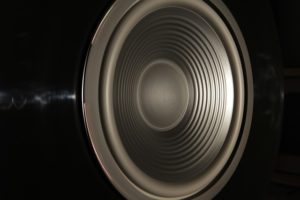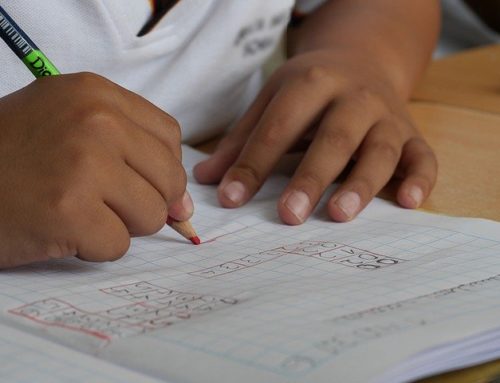Children (and adults) can experience a wide range of disorders related to speech, hearing, and learning. Often, the names of the disorders themselves sound similar to each other: auditory processing disorder, communication/language disorder, and learning disorders.
 Based on names alone, it’s easy to see how confusion can develop and why people may be uncertain about what each different disorder entails. In fact, many think some of these disorders are the same.
Based on names alone, it’s easy to see how confusion can develop and why people may be uncertain about what each different disorder entails. In fact, many think some of these disorders are the same.
Even though each one is different, it’s also possible for an individual to simultaneously experience more than one disorder. This only adds to the confusion.
Thus, understanding what each disorder encompasses is helpful.
Auditory Processing Disorder
Auditory processing disorder (APD) has to do directly with the auditory system. It deals with how an individual is able to interpret and process the sounds around them. It is not hearing loss. Rather, it occurs when someone encounters any number of difficulties in accurately perceiving and responding to sound.
Those with APD may appear to have hearing loss, even when they don’t. Instead, there is an underlying reason for the auditory processing challenges they have. APD may also cause a child to appear to have a learning disorder, even when they don’t. For example, they may need more time to appropriately and accurately process sound. Or they may benefit from other accommodations, such as making sure speakers slow down and enunciate or minimizing distractions.
Communication Disorder
Communication disorders encompass any number of variations regarding both written and spoken language. This can include one’s own verbal speech abilities, ability to appropriately comprehend verbal and written language, and general language abilities.
Communication disorders can manifest as struggles with pronouncing words and sounds, speech tone, flow of speech, modulating voice pitch, and so on. Communication disorders also apply to struggles with reading and writing. The key here is that the disorder centers on understanding language itself.
Learning Disorders
An outdated understanding of learning disorders is that those who struggle with them are mentally deficient or of less-than-average intelligence. Researchers have since come to realize that this is certainly not the case.
A learning disorder is present when there’s a gap between what an individual’s intelligence would suggest they’re capable of and what they’re actually doing. One commonly known learning disorder is dyslexia, or reading disorder. While it may be the most frequent learning disorder, some individuals can also experience mathematics disorder.
Moreover, researchers have found that many people, but not all, who have learning disorders will concurrently have a communication disorder.
Achieving a Diagnosis
A careful, in-depth approach is needed when it comes to diagnosing a child or adult with any of these disorders. Often, a variety of specialists should be consulted to help reach the most accurate conclusion. It’s also important that teachers, family, and others who know the child well are included in evaluations.
Amazingly, the Tomatis Method is fully adaptable and effective in treating all of these three separate disorders. The treatment is delivered through auditory channels. These signals provide the brain with neurological stimulation that is well-suited in addressing many disorders. The listening programs can be adjusted and adapted to best fit the needs of your child or yourself.
Of course, you or your child may be experiencing two or more of these disorders at the same time. Careful testing can help determine this, as described above.
Tomatis is a time-tested, approach to treating a wide range of cognitive, sensory, behavioral, and performance deficiencies. The body of scientific research papers is growing, although still considered an experimental intervention. If you suspect that you or your child are suffering from any of these disorders, I encourage you to reach out to my office. I offer a thorough, in-depth evaluation to clarify if sound-stimulation intervention could be the best option for your child or for you. I work with a team of specialists across the disciplines and also refer out as needed. To learn more about our work with the method developed by Dr. Alfred Tomatis please follow the link: https://sacarin.com/learning-disability-treatment/


